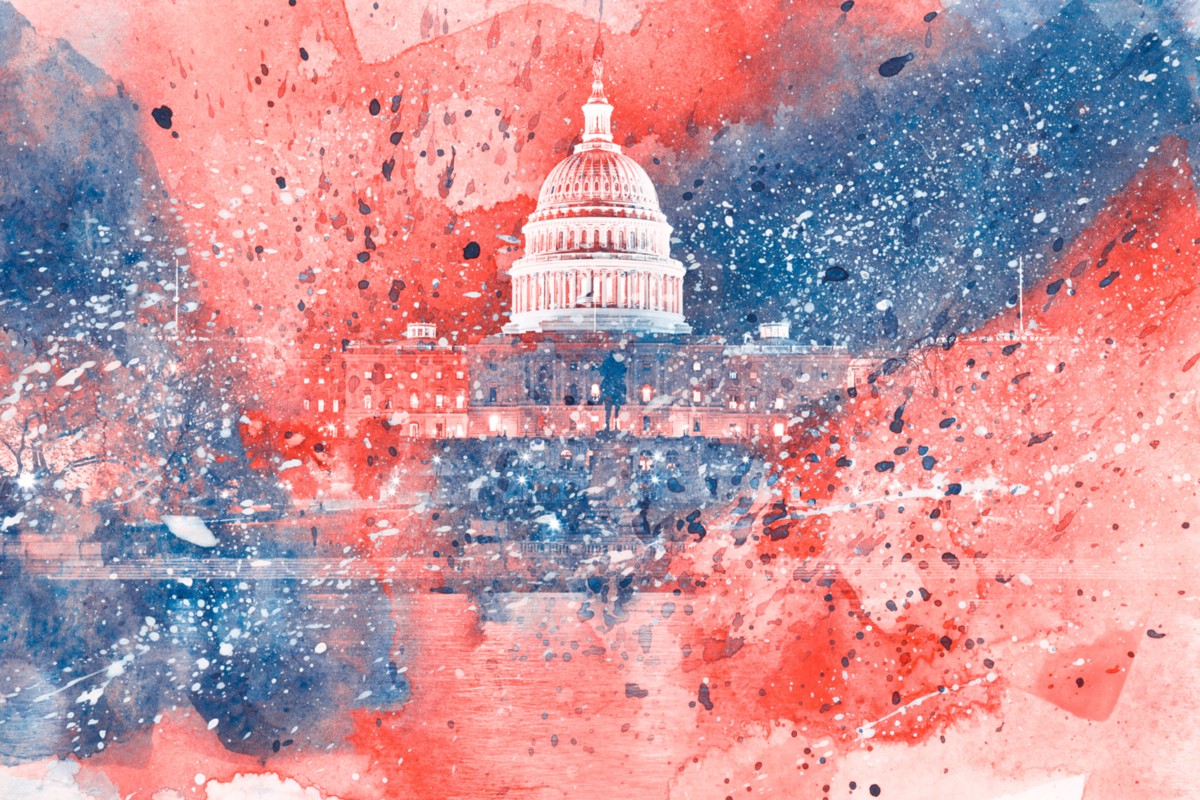By Jason Tseng on June 9th, 2016
Putting Our Policy Where Our Mouth Is
Americans for the Arts recently released a new Statement on Cultural Equity, many months in the making. The statement is a valiant and earnest step towards equity, especially for an organization with a history and scope as complex and storied as an organization like AFTA, the largest and most influential arts advocacy organization in the nation. This comes on the heels of another large influential body in the arts, Grantmakers in the Arts, releasing its own statement on racial equity in the arts. As more mainstream arts organizations are sure to follow in AFTA’s footsteps in adopting their own cultural equity positions (it should also be noted that ALAANA, Queer, Disabled, Trans, Poor, etc. organizations have been doing this work for decades without assistance from, and at times in spite of, the mainstream organizations), my focus shifts to the future in order to see how these fine words will materialize into actual action.
What I want to know is how this “new” focus will change our sector’s policy platform.
Tiffany Wilhelm of Greater Pittsburgh Arts Council sagely pushes us away from the comfortable embrace of self-congratulation and towards intentional embodied action:
“The real question for me is how we *live* these statements. I say live intentionally because although many of us work in the arts, movement toward equity and justice means much more than what we do at work. Learning about anti-racism; disability justice; LGBTQA, trans, and non-binary inclusion; native and indigenous rights; etc. and how they play out in the arts and our communities is far beyond professional development. If we commit fully to living equity, it’s life changing and there’s no going back.”
Willhelm is right to insist that this work be rooted in a personal and authentic desire for justice (as opposed to the promise of new grant funding), but what I want to know is how this “new” focus will change our sector’s policy platform.
If you take a cursory look at the policy issues championed by any number of arts advocates like Americans for the Arts, the Performing Arts Alliance (of which Fractured Atlas is a member), or the National Assembly of State Arts Agencies, you will find that there is a general consensus on what constitutes an “arts” issue. The main issues that dominate these lists include arts education, charitable giving & tax reform, and funding for the National Endowment for the Arts. Other less critical issues include artist visa processing, public broadcasting, and the “whitespace” issue. Additionally, these issues often become even more narrowly focused when we get down to actual talking points — like how arts education is reduced to “STEM to STEAM” or how tax reform is reduced to preserving the tax deductibility of charitable gifts.
This platform makes perfect sense for the arts and culture sector that we have today, that being highly invested in a small number of large arts institutions and poorly leveraged just about everywhere else. And as organizations like AFTA and GIA have already acknowledged in their statements, ours is a sector that is built on decades of exclusionary practices and reproduces institutionalized oppression. But if we are truly looking forward to the changing demographics of our nation, as AFTA’s cultural equity statement suggests, we must also adapt our platform to reflect the issues that will foster the arts sector of tomorrow.
Fractured Atlas, along with other organizations like Future of Music Coalition, Electronic Frontier Foundation, and Public Knowledge, has worked hard to expand the arts platform to include policy issues like net neutrality, copyright reform, and 3-D printing. These issues often differ from establishment arts policy in their focus on individual artists and the impact of technology policy on the arts.
While this lens is valuable in expanding the population directly impacted by our policy proposals, I believe we can go even further by applying a cultural equity lens to our platform. What if every time we asked for increased funding for the National Endowment for the Arts we also demanded expansion of anti-poverty programs like SNAP, voiced support of the expansion of overtime eligibility, or even pushed for a universal basic income? What if our tax reform platform included the charitable giving deduction and increasing the earned income tax credit? Our immigration policy shouldn’t just be fighting for visas for visiting artists, but also pathways for citizenship for documented and undocumented immigrant artists (or if that’s too radical we should at least close the gap between student visas and permanent resident status for graduates of arts programs). What if we advocated equally for arts therapy for veterans and the incarcerated?
Much of our frame of reference for arts and culture policy assumes that the greatest challenges an artist faces is where their next grant will come from, and not where their next meal will come from. We are more concerned about the financial health of bloated cultural institutions than the financial crisis of the poor and ALAANA communities that those very institutions displace and divest from. And that is not even to speak to the widespread business practices in our sector that perpetuate oppression. Even simple recommendations against practices like unpaid internships, which do not bear the weight of the rule of law, could encourage a new standard of business practices that could transform the sector from the ground up.
I am encouraged by the bravery of organizations like AFTA and GIA for taking the first step in naming their privilege and making themselves accountable on these issues. But I am eager to see if our actions will follow our words, lest these statements turn out to be as empty as they are well-intentioned.

